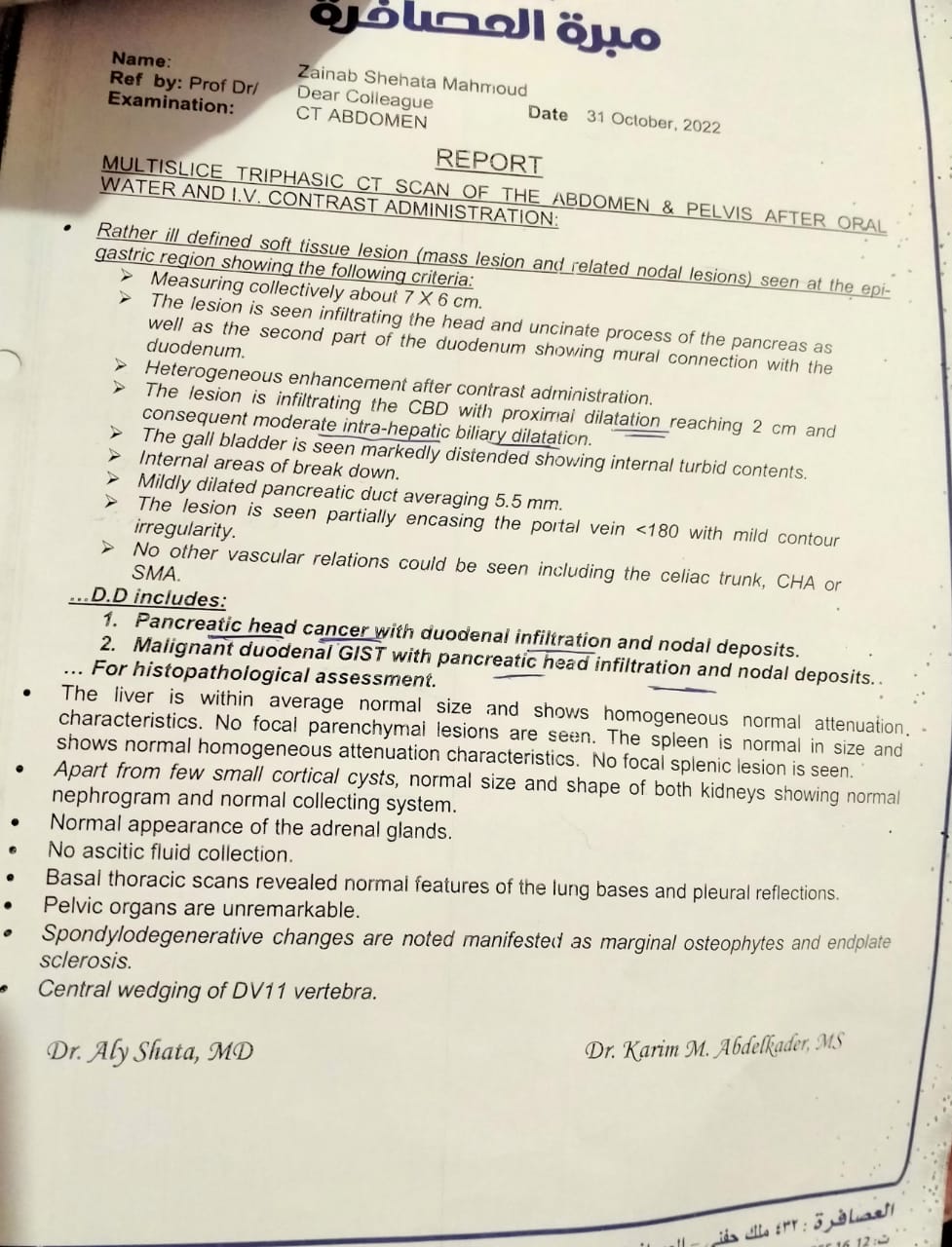Nasser Abdelhady Abdelmawla Alansary
@azhar.edu.eg
Agriculture
Assistant teacher
RESEARCH INTERESTS
plant protection- pesticides- biodegradation of pesticides
3
Scopus Publications
Scopus Publications
- Novel mechanism and degradation kinetics of allethrin using Bacillus megaterium strain HLJ7 in contaminated soil/water environments
Yaohua Huang, Wen-Juan Chen, Jiayi Li, Mohamed A. Ghorab, Nasser Alansary, Dalia E. El-Hefny, Gharieb S. El-Sayyad, Sandhya Mishra, Xidong Zhang, Pankaj Bhatt,et al.
Elsevier BV - Rapid Biodegradation of the Organophosphorus Insecticide Acephate by a Novel Strain Burkholderia sp. A11 and Its Impact on the Structure of the Indigenous Microbial Community
Xiaozhen Wu, Wen-Juan Chen, Ziqiu Lin, Yaohua Huang, Talaat N-M El Sebai, Nasser Alansary, Dalia E. El-Hefny, Sandhya Mishra, Pankaj Bhatt, Huixiong Lü,et al.
American Chemical Society (ACS)
The acephate-degrading microbes that are currently available are not optimal. In this study, Burkholderia sp. A11, an efficient degrader of acephate, presented an acephate-removal efficiency of 83.36% within 56 h (100 mg·L-1). The A11 strain has a broad substrate tolerance and presents a good removal effect in the concentration range 10-1600 mg·L-1. Six metabolites from the degradation of acephate were identified, among which the main products were methamidophos, acetamide, acetic acid, methanethiol, and dimethyl disulfide. The main degradation pathways involved include amide bond breaking and phosphate bond hydrolysis. Moreover, strain A11 successfully colonized and substantially accelerated acephate degradation in different soils, degrading over 90% of acephate (50-200 mg·kg-1) within 120 h. 16S rDNA sequencing results further confirmed that the strain A11 gradually occupied a dominant position in the soil microbial communities, causing slight changes in the diversity and composition of the indigenous soil microbial community structure. - Insights into the Toxicity and Degradation Mechanisms of Imidacloprid Via Physicochemical and Microbial Approaches
Shimei Pang, Ziqiu Lin, Yuming Zhang, Wenping Zhang, Nasser Alansary, Sandhya Mishra, Pankaj Bhatt, and Shaohua Chen
MDPI AG
Imidacloprid is a neonicotinoid insecticide that has been widely used to control insect pests in agricultural fields for decades. It shows insecticidal activity mainly by blocking the normal conduction of the central nervous system in insects. However, in recent years, imidacloprid has been reported to be an emerging contaminant in all parts of the world, and has different toxic effects on a variety of non-target organisms, including human beings, due to its large-scale use. Hence, the removal of imidacloprid from the ecosystem has received widespread attention. Different remediation approaches have been studied to eliminate imidacloprid residues from the environment, such as oxidation, hydrolysis, adsorption, ultrasound, illumination, and biodegradation. In nature, microbial degradation is one of the most important processes controlling the fate of and transformation from imidacloprid use, and from an environmental point of view, it is the most promising means, as it is the most effective, least hazardous, and most environmentally friendly. To date, several imidacloprid-degrading microbes, including Bacillus, Pseudoxanthomonas, Mycobacterium, Rhizobium, Rhodococcus, and Stenotrophomonas, have been characterized for biodegradation. In addition, previous studies have found that many insects and microorganisms have developed resistance genes to and degradation enzymes of imidacloprid. Furthermore, the metabolites and degradation pathways of imidacloprid have been reported. However, reviews of the toxicity and degradation mechanisms of imidacloprid are rare. In this review, the toxicity and degradation mechanisms of imidacloprid are summarized in order to provide a theoretical and practical basis for the remediation of imidacloprid-contaminated environments.

